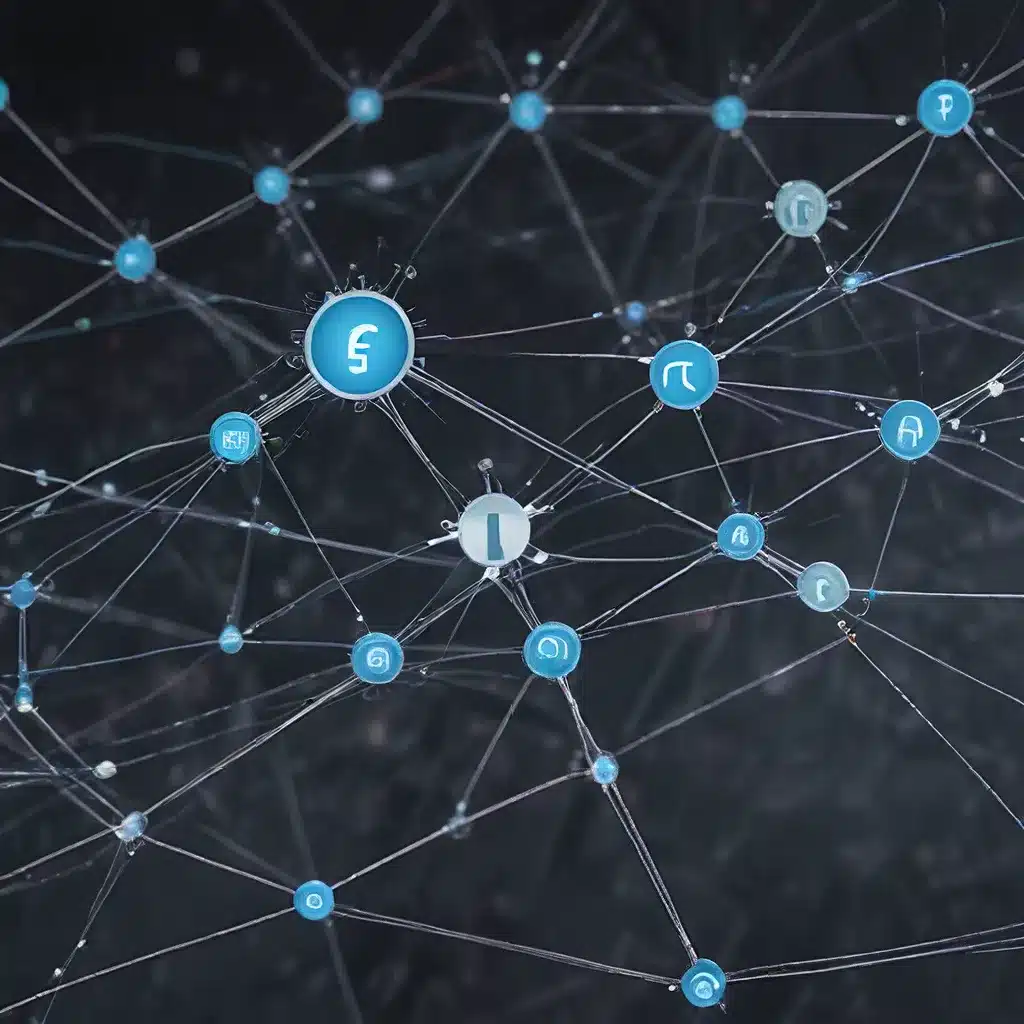
Navigating the Complexities of Sensor Network Design
Sensor networks have become increasingly integral to our modern technological landscape, enabling a vast array of IoT (Internet of Things) applications across industries. From smart homes and cities to environmental monitoring and industrial automation, these interconnected systems play a crucial role in data collection, analysis, and decision-making. However, as these networks grow in scale and complexity, ensuring their fault tolerance and reliability becomes a paramount concern.
In this comprehensive article, we will explore the key considerations and strategies for designing fault-tolerant sensor networks that can withstand the challenges of real-world deployment. By delving into the intricacies of network topologies, security protocols, and energy management, we will equip you with the knowledge to build robust, resilient systems that deliver consistent and dependable performance.
Network Topologies and Fault Tolerance
The choice of network topology can have a significant impact on the fault tolerance and reliability of a sensor network. Redundancy and decentralization are crucial factors to consider when designing a fault-tolerant system.
Recent studies have highlighted the advantages of graph-based approaches in sensor network design, where the complex relationships between sensor nodes can be modeled and analyzed to improve resilience and data recovery.
One promising topology is the mesh network, where each node is connected to multiple other nodes, creating redundant communication paths. This decentralized architecture ensures that the failure of a single node does not compromise the entire network’s functionality, as data can be routed through alternative paths. Additionally, self-healing capabilities, where the network can automatically reconfigure to bypass faulty nodes, further enhance the fault tolerance of mesh networks.
In contrast, star and tree-based topologies, while simpler to implement, tend to be more vulnerable to single points of failure. The centralized nature of these designs means that the failure of a hub or coordinator node can disrupt the entire network’s operation.
By understanding the trade-offs between different network topologies, sensor network designers can make informed decisions to optimize for fault tolerance and ensure the reliable performance of their systems.
Security Considerations for Sensor Networks
Alongside fault tolerance, security is a critical concern in the design of sensor networks. These systems often handle sensitive data and operate in potentially hostile environments, making them vulnerable to a range of cyber threats, from unauthorized access to data tampering and denial-of-service attacks.
To address these security challenges, robust authentication and encryption protocols are essential. Techniques such as symmetric-key cryptography, public-key cryptography, and lightweight security primitives can be employed to secure sensor-to-sensor and sensor-to-gateway communications.
In addition to cryptographic measures, physical security considerations, such as tamper-resistant sensor enclosures and secure deployment practices, can further enhance the overall security posture of a sensor network.
By prioritizing security alongside fault tolerance, sensor network designers can ensure the confidentiality, integrity, and availability of the collected data, enabling trustworthy and reliable IoT systems.
Energy Management Strategies for Sensor Networks
Energy efficiency is another critical factor in the design of fault-tolerant sensor networks. Sensor nodes are often resource-constrained in terms of power consumption, processing capabilities, and memory, making energy management a significant challenge.
Strategies such as duty cycling, data aggregation, and *virtual sensing* can help optimize the energy consumption of individual sensor nodes, prolonging their operational lifetime and enhancing the overall resilience** of the network.
Duty cycling involves periodically activating and deactivating sensor nodes, allowing them to conserve energy during idle periods. Data aggregation, on the other hand, consolidates sensor data at intermediate nodes, reducing the amount of data that needs to be transmitted, thereby minimizing energy consumption.
In addition to these node-level strategies, network-level techniques, such as energy-aware routing and load balancing, can help distribute the energy consumption across the network, further enhancing its fault tolerance and reliability.
By incorporating energy management considerations into the design of sensor networks, developers can create systems that are not only fault-tolerant but also energy-efficient, extending their operational lifespan and reducing the environmental impact of sensor deployments.
Practical Applications and Future Trends
The fault-tolerant design principles discussed in this article have far-reaching implications across a wide range of IoT applications. From smart cities and buildings to environmental monitoring and industrial automation, these reliable sensor network architectures are enabling transformative advancements in data-driven decision-making and optimization.
In the realm of smart buildings, for example, fault-tolerant sensor networks can monitor environmental conditions, energy consumption, and occupancy patterns, empowering building managers to optimize energy efficiency and occupant comfort. Similarly, in environmental monitoring applications, resilient sensor networks can track air pollution, water quality, and natural disaster indicators, providing critical insights for policymakers and emergency responders.
As sensor network technologies continue to evolve, we can expect to see further advancements in areas such as self-healing capabilities, adaptive algorithms, and edge computing. These innovations will enable sensor networks to become even more autonomous, responsive, and resilient in the face of dynamic environmental and operational challenges.
By embracing the principles of fault tolerance and security, sensor network designers and IoT professionals can build the next generation of reliable, trustworthy, and energy-efficient systems that drive innovation and transformation across industries and communities.
To explore the latest developments in sensor networks and IoT technologies, be sure to visit sensor-networks.org, a leading resource for industry insights, research updates, and expert perspectives.